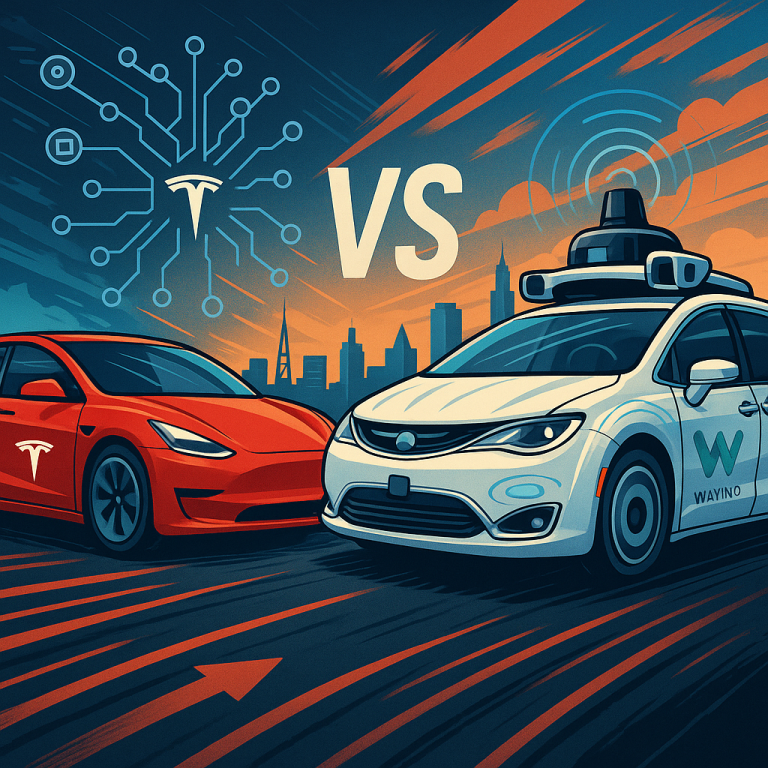Understanding the Market Trends of Humanoids
The world of robotics is entering a fascinating new phase. Humanoid robots – machines designed to mimic human form and movement – are stepping out of science fiction and research labs into the real world. As of early 2025, this market is buzzing with technological breakthroughs, intense competition, and significant financial interest. For anyone following financial and economic trends, understanding the dynamics of the humanoid robot market is becoming increasingly important.
This article explores the current landscape of humanoid robotics, its potential impact on various industries, and the key factors shaping its future .

The Current State: A Market Gaining Momentum
The humanoid robot sector is experiencing rapid growth. Key advancements are happening across several fronts:
- Mobility & Dexterity: Robots are becoming remarkably agile. Companies like Boston Dynamics (whose Atlas robot can perform acrobatics [1]) and Unitree (with its flipping G1 robot [2]) are pushing the boundaries. Dexterity is also improving, enabling robots to handle more complex tasks [1], [6].
- AI Integration: Artificial intelligence is the brain behind the brawn. Collaborations between robotics firms (like Figure AI, Apptronik) and AI leaders (OpenAI, Google DeepMind, Nvidia) are crucial for enhancing robot learning, adaptability, and task performance [2], [5], [6]. Nvidia’s GR00T platform, for example, aims to provide a foundation model for humanoid robot development [6].
- Power Efficiency: Longer operational times are key for practical use. Developments include swappable batteries offering 4-8 hours of work [5] and shifts towards potentially more efficient all-electric systems [2].
Market Size and Growth Projections
The financial scale of this market is already significant and projected to soar. While estimates vary, the global humanoid robot market in 2025 is valued in the billions of US dollars (e.g., USD 1.55 billion to USD 5.6 billion according to different sources [39]). Forecasts predict explosive growth, with compound annual growth rates (CAGRs) potentially exceeding 50-70% over the next decade [40], [45].
Key drivers fueling this expansion include:
- Advances in AI and machine learning [40]
- Labor shortages in certain sectors [45]
- Growing demand for automation across industries [40]
- Potential applications in personal assistance and elder care [41]
Key Players and Competitive Landscape
The market features a mix of established tech giants and agile startups:
- Major Players: Companies like Tesla (Optimus), Figure AI (Figure 02), Boston Dynamics (Atlas – now electric), Agility Robotics (Digit), Apptronik (Apollo), and Sanctuary AI (Phoenix) are prominent names:
| Company Name | Key Robot Models | Target Applications | Key Technological Approaches | Noteworthy Partnerships/Funding |
| Tesla | Optimus Gen 2 | Industrial Assistance, Home Automation | AI-driven, Bipedal Locomotion, Advanced Manipulation | |
| Figure AI | Figure 02 | Manufacturing, Logistics, Warehousing, Elder Care | AI Integration (OpenAI), Bipedal Locomotion, Advanced Manipulation | Microsoft, OpenAI, Nvidia, Jeff Bezos (Potential $1.5B Funding) |
| Boston Dynamics (Hyundai) | Atlas (Electric) | Industrial Inspection, Search and Rescue, Research | Dynamic Locomotion, Advanced Electric Actuation, AI Integration | Robotics & AI Institute, NVIDIA |
| Agility Robotics | Digit | Logistics, Warehouse Operations, Package Delivery | Bipedal Locomotion (Human-like Gait), AI-driven Navigation, Object Manipulation | GXO Logistics, Amazon ($150M Funding) |
| Apptronik | Apollo | Manufacturing, Logistics, Retail, Elder Care | Robust Hardware, AI Integration (Google DeepMind), Cost-Effective Actuation | Google ($350M Funding), Jabil, Mercedes-Benz, GXO Logistics |
| Sanctuary AI | Phoenix | Manufacturing, Logistics, Retail, Utilities, Energy | Cognitive AI, Human-like Dexterity (Hydraulic Actuation), Tactile Sensing | NVIDIA |
| Unitree Robotics | G1 | Service Industries, Research, Education, Light Industrial | Agile Bipedal Locomotion, Cost-Effective Design | RoboCup Federation |
| UBTECH Robotics | Walker S Series, Tien Kung Xingzhe, Una, Youyou | Industrial Manufacturing, Research, Service, Household | Full-Body Motion Control, Dexterous Hands, AI Education Solutions | Audi FAW, BYD, Geely Auto, Foxconn, SF Express |
| Fourier Intelligence | GR-2 | Eldercare, Rehabilitation, Scientific Research | High Torque Actuators, Dexterous Hands, AI Learning | RoboCup Federation |
| NEURA Robotics | 4NE-1 | Domestic, Service, Industrial Tasks | Cognitive AI, Multi-Modal Interaction, 3D Vision | |
| 1X Technologies | NEO BETA, NEO Gamma | Industrial Assembly, Automation, Domestic Tasks | Precision Manipulation, Agile Locomotion, AI and NVIDIA Collaboration | NVIDIA |
| Engineered Arts | Ameca | Social Interaction, Customer Service, Entertainment, Education | Highly Realistic Facial Expressions, Advanced Voice and Conversational AI | |
| DEEP Robotics | Dr01 | Manufacturing, Quality Control, Industrial Automation | Robust Construction, High-Precision Operation, Integrated Sensors | |
| Robot Era | STAR 1 | Demonstrations, Interactive Applications, Light Industrial | Modular Design, Advanced Locomotion, Human-like Movements |
- Startups & Funding: Significant venture capital is flowing into the sector, with companies like Figure AI and Apptronik securing substantial funding rounds [1], [5].
- Partnerships: Strategic collaborations are common, linking robotics expertise with AI development and specific industry needs (e.g., Agility Robotics with logistics firms, Apptronik with manufacturers) [2], [5].
Potential Applications and Economic Impact
Humanoid robots aren’t just technological marvels; they represent potential economic shifts:
- Logistics & Warehousing: Automating tasks like sorting, lifting, and transporting goods (e.g., Agility Robotics’ Digit) could address labor challenges and boost efficiency.
- Manufacturing: Assisting in complex assembly lines or performing repetitive tasks (e.g., Apptronik’s Apollo, Tesla’s Optimus) could enhance productivity and safety.
- Healthcare: Robots could provide support in elder care or rehabilitation settings.
- Hazardous Environments: Performing inspections or tasks in dangerous settings could improve worker safety.
While the potential return on investment (ROI) is a major driver for businesses, widespread adoption depends on overcoming current hurdles.
Challenges and the Road Ahead
Despite the excitement, significant challenges remain:
- Cost: High development and production costs are still a barrier [15]. However, costs are projected to decrease substantially.
- Capabilities: Achieving true human-like dexterity and autonomous operation in complex, unpredictable environments is still difficult [15].
- Regulation & Safety: Standardized safety protocols and regulations are still developing.
- Ethical & Societal Concerns: Issues like job displacement, data privacy, and human-robot interaction need careful consideration.
Timelines suggest initial commercial deployments in logistics and manufacturing could scale up around 2025-2026 [5], with broader consumer availability potentially emerging closer to 2030-2035 [74].
Conclusion: A Transformative Technology to Watch
The humanoid robot market is undeniably one of the most dynamic and potentially transformative technology sectors today. While still in its early stages of commercialization, the rapid pace of innovation, significant investment, and growing range of applications suggest these machines could reshape industries and labor markets in the coming years. Keeping an eye on the technological advancements, market adoption rates, and evolving regulatory landscape will be crucial for understanding the economic shifts ahead.
Disclaimer: This article is for informational purposes only and does not constitute financial or investment advice. The robotics market is complex and involves significant risks. Always conduct your own thorough research and consult with qualified professionals before making any financial decisions. This article was drafted with the help of AI and modified by the author before publication




